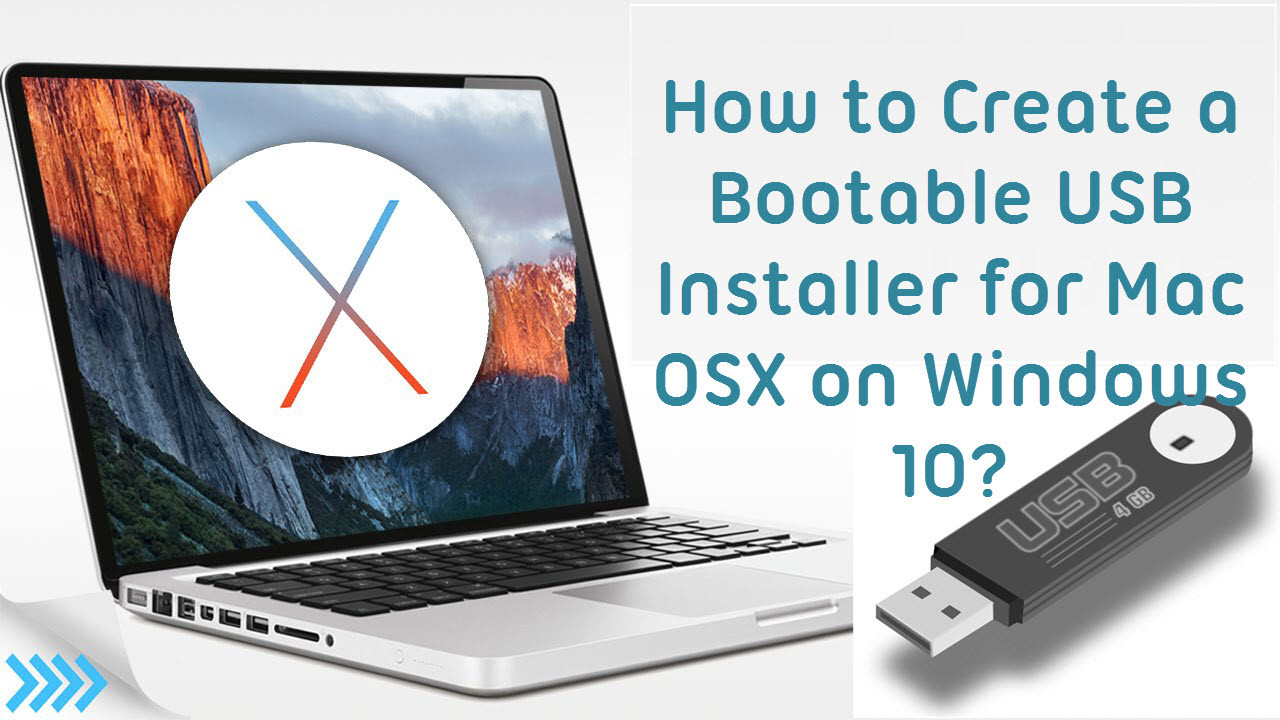


I recently built my first gaming PC, and despite my mild comfort level with Terminal, I still found using a Windows computer to be a safer and easier process.Microsoft has a dedicated tool that you can use to download the Windows 10 system image (also referred to as ISO) and create your bootable USB drive. It's not a process that I'd recommend for the average user Creating a Windows 10 bootable USB drive is something you should definitely do if you own a Windows computer.The backup media can save you both time and a headache if you ever need to reinstall Windows.Īnd if you're building a gaming PC, this is one of the last things you'll need to finalize your build.(You can also create a boot drive for Windows 11, if you're wanting to test out the newest version of Windows before it's released on Oct.5.) Besides an empty 8GB USB drive and a Windows PC, you'll need to set aside about 30 minutes, maybe longer, depending on your internet speed.įor those curious, it's possible to use a Mac to create a Windows 10 boot drive, but the process is fairly involved and requires familiarity with Terminal, the Mac's command-line tool. I know, I know.The first time I heard the term "bootable USB," I felt a tinge of panic.And it's OK if you do, too.Creating the drive is a task that sounds complicated and something that requires plenty of tech savvy, but in reality, it only takes a few clicks of the mouse and a solid internet connection to complete.ĭon't feel intimidated at all.I promise. Your guide to a better future Every Windows user should have a Windows 10 boot drive around at all times.It can save you from future headaches if you run into issues with your computer.Troubleshooting an old and slow PC isn't a fun experience, but it's also something you can do on your own at home.In addition to common issues to look for, there's another task you should take on - create a bootable USB drive.

How to create a Windows 10 bootable USB Its easier than you think


 0 kommentar(er)
0 kommentar(er)
